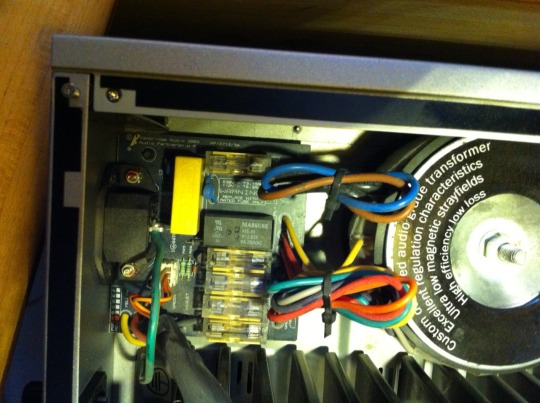- Feb 24, 2015
- 1
- 0
- 0
Hi, I've got an odd volume dependant buzz. From Azur 540a v1
Cambridge Audio online support doesnt recognize their own serial number. Sounds like 50Hz with pronounced harmonics.Tone knobs affect the tone of the humWhen the volume knob is at 10:00, the unit is silent
.Hum increases from 10:00 down to 0, hum increases from 10:00 up to max volume
.Hum exists across all inputs.Hum exists with no inputs.
With headphones plugged in, the hum appears to pan left when attenuating from 10:00, appears to pan right briefly then center when increasing volume from 10:00.
When plugging into the "pre out" hum exists as soon as the power plug is attached.
When plugging into the "pre out" hum attenuates from 1400 through to max volume, at which point the unit is nearly silent.
I'm hoping you'll say "replace this bit, heres where you buy one, heres a photo/diagram of its location. CheersRob.



